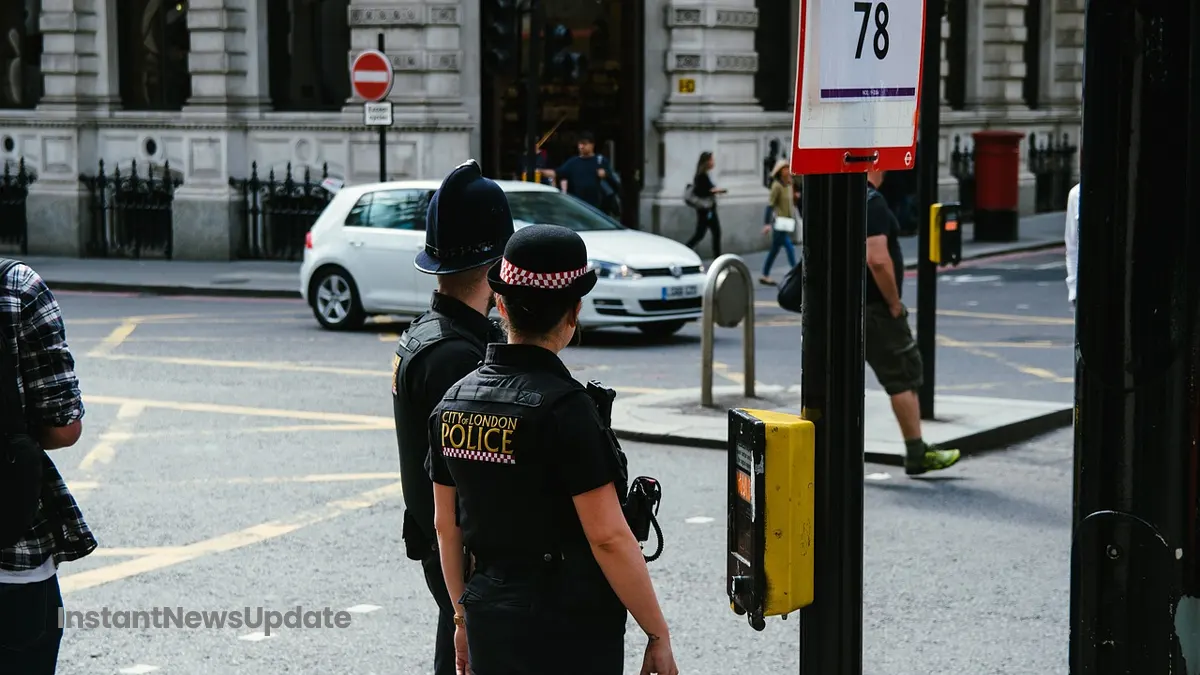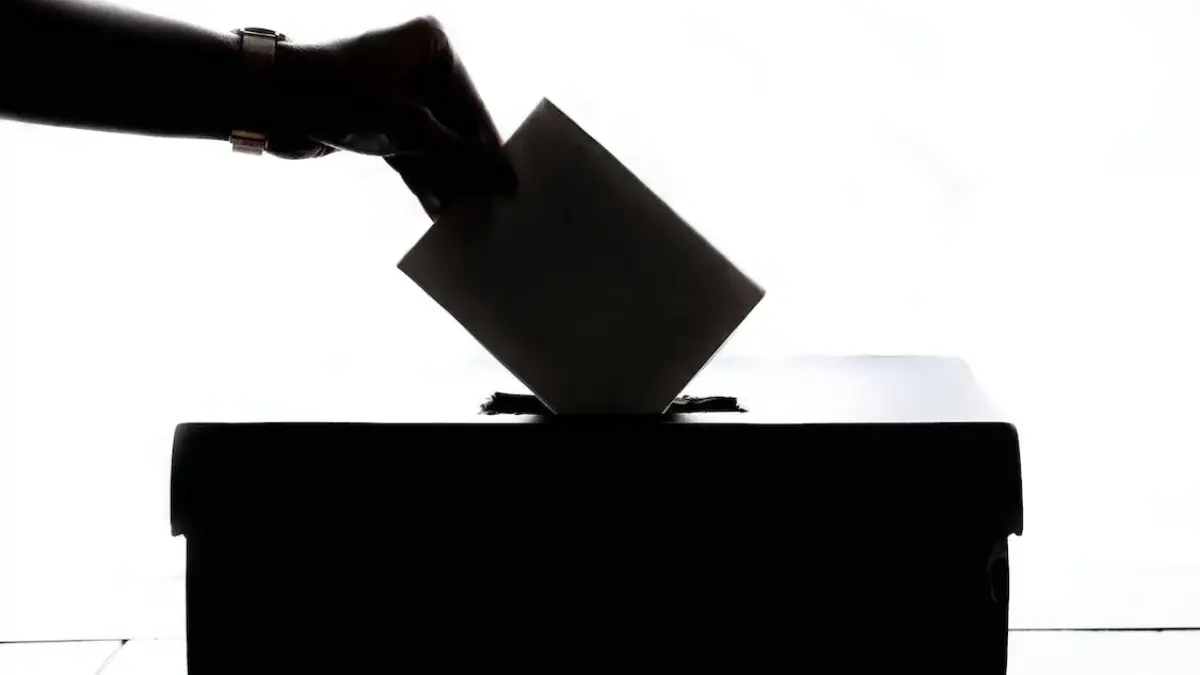Introduction
A recent dispute has arisen within the Scottish National Party (SNP) as ministers openly revolt against a proposal to hang a portrait of the King in schools across Scotland. The disagreement stems from differing views on the appropriateness and expenditure of public funds.
Controversy Over Royal Portrait Proposal
Deputy Prime Minister Oliver Dowden has requested an extensive list of public buildings from the Scottish Government that would be eligible to receive a complimentary portrait frame of the King. However, certain SNP ministers have criticized the plan, labeling it a “waste of public money” and “remarkably petty.”
Rejection and Opposition
The SNP, alongside the Scottish Greens who hold positions in the government, have both voiced strong opposition to the initiative. The Scottish Greens have gone so far as to liken the proposed portrait scheme to something more fitting for North Korea than Scotland.
The portrait of King Charles would replace existing depictions of the late Queen in various public spaces including police stations, courts, council buildings, and schools. The SNP’s equalities minister, Christina McKelvie, emphasized that during a period of financial strain, allocating resources for royal portraits cannot be justified.
Clash of Opinions
This clash of opinions comes on the heels of a significant event during the King’s Scottish Coronation celebrations in Edinburgh, where Republican protestors were granted prominent positions. Although the Scottish Government did allocate funds for the event, including the purchase of a new £22,000 sword for the King, dissenting voices within the SNP, particularly Green co-leader Patrick Harvie, criticized the expense as an “overpriced Game of Thrones cosplay exercise.”
Donald Cameron, the constitutional spokesperson for the Scottish Tories, argued that the SNP’s potential veto of the portrait scheme would underscore their disconnection from public sentiment due to “constitutional obsessions.” Cameron emphasized that having portraits of the monarch in schools, hospitals, and government offices is a long-standing tradition, one that simply offers the option for display without imposing any obligation.
Public Funds and Symbolism
The debate also touches on the allocation of public funds for portraits. Critics within the SNP argue that spending a considerable amount of public money on royal portraits is inappropriate, particularly given the economic disparities across communities. Some SNP sources highlighted the irony of the situation, considering that the same Tories criticizing civil service efforts towards independence are now advocating for the deployment of civil servants to organize thousands of King’s portraits.
Conclusion
As the SNP ministers continue to grapple with this contentious issue, the clash of perspectives underscores the tension between traditional symbolism, financial priorities, and the evolving political landscape in Scotland.








